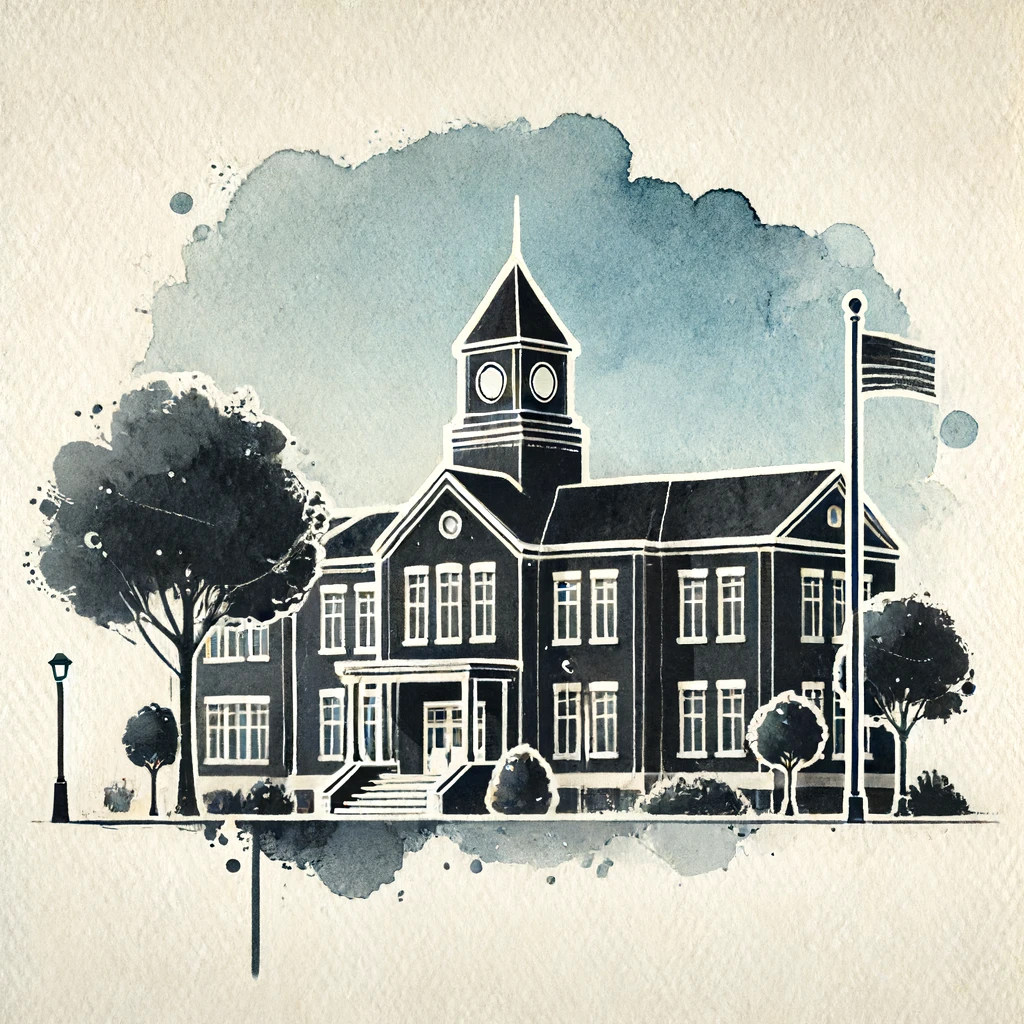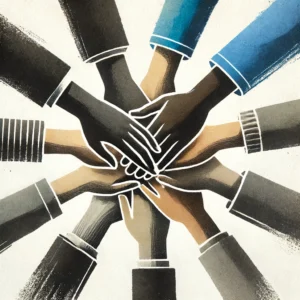
We realize the challenges faced by women, people of color, veterans and businesses in low to moderate income areas. We provide financing to serve these communities.
The national lenders we work with are committed to equal opportunity. We are all stronger when all business people have the resources they need to grow and prosper. We are proud to support those efforts.
Business Characteristics
- Ownership Requirements:
- Woman owned
- Person of Color owned
- Veteran owned
- LGBTQ+ owned
- Companies located in low to moderate income areas
- Profitable, break-even or clear path to profitability
- Growing revenues or positive trends
- Recurring contracts and predictable revenue models are a best fit
Lending Criteria
- Financial statements (balance sheet, P/L, cash flow) broken out by month
- Revenue by customer
- Debt schedule
- Projections (if available)
The Transformative Impact of Lending Programs for Under-served Communities
Lending programs supporting under-served communities stand out as beacons of hope and progress. These initiatives are not just financial instruments, they are powerful tools for improvement, economic empowerment, and community uplift. The benefits of providing under-served community lending programs are multifaceted and can be deeply transformative.
1. Economic Empowerment: At the heart of these lending programs is the drive to economically empower individuals and groups traditionally marginalized in the financial world. This includes women, people of color, veterans, and those in low-income areas. By offering access to capital, these programs enable them to start or grow businesses, creating a ripple effect of economic growth and stability in their communities. We support those efforts.
2. Fostering Entrepreneurship and Innovation: Under-served community lending programs are a catalyst for entrepreneurship. They provide the necessary financial support for innovative ideas to take shape. This not only nurtures individual talent but also fosters a culture of innovation within the community, paving the way for products and services that improve that community.
3. Job Creation: Small and medium-sized enterprises (SMEs) are the backbone of any economy. By supporting these businesses through specialized lending, there is a direct impact on job creation. This not only benefits the business owners but also provides employment opportunities within the community, reducing unemployment rates and enhancing the overall quality of life.
4. Opportunity: These programs play a crucial role in bridging the gap in financial services, contributing to greater social inclusion. They break down barriers faced by under-served groups, promoting paths to build success and helping to build more cohesive and resilient communities.
5. Strengthening Local Economies: The success of local businesses supported by these lending programs injects vitality into local economies. It increases the flow of money within the community, leading to a healthier, more robust economic environment and an improved quality of life.
6. Encouraging Sustainable Practices: Many under-served community lending programs are aligned with socially responsible business practices. This alignment not only fosters economic growth but also ensures that this growth is sustainable.

7. Building Financial Literacy and Responsibility: These programs often come with training and support in financial literacy. This education is invaluable, as it equips borrowers with the skills and knowledge to manage their finances effectively, make informed decisions, and plan for the future.
Lending programs for under-served communities are more than just financial aids, they are vital tools for community strength. They empower, uplift, and create a foundation for stronger neighborhoods, cities and States.
As these programs continue to evolve and expand, they help to create a more broadly successful financial landscape where a higher quality of life is accessible to all.
Trust Financing Solutions is proud to support these programs and efforts.

